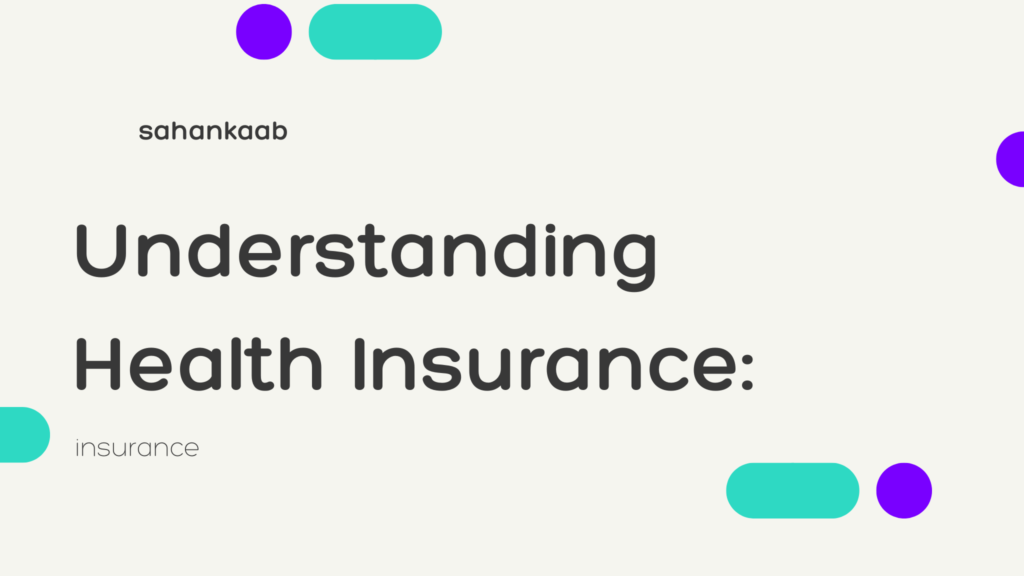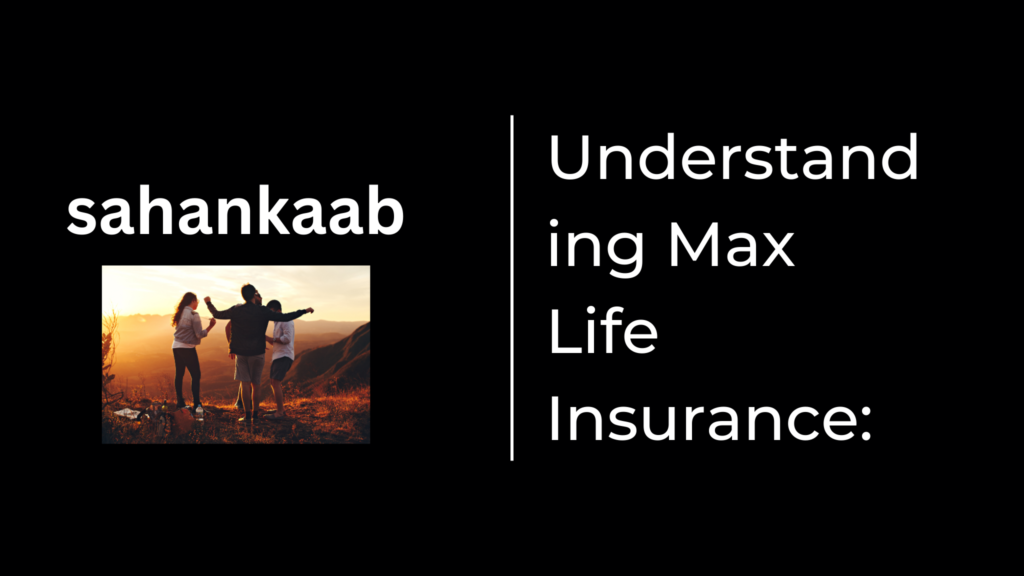Introduction
Health insurance can feel like a labyrinth of terms, plans, and codes. For many, it’s a daunting but essential part of managing both health and finances. Whether you’re considering a plan for the first time or reassessing your current coverage, understanding the intricacies of health insurance is crucial. This article unveils the layers of health insurance, helping you make informed decisions for your well-being.
What is Health Insurance?
Health insurance is a type of coverage that pays for medical and surgical expenses incurred by the insured. Depending on the plan, it can also cover prescription drugs, chronic disease management, and more. Essentially, it offers a safety net against high medical costs.
Types of Health Insurance Plans
Healthcare can be complicated, but grasping the basics of different plans can make a huge difference. Here’s a breakdown of the common types:
Health Maintenance Organization (HMO)
An HMO plan requires you to select a primary care physician (PCP) and get referrals to see specialists.
- Pros: Lower monthly premiums and out-of-pocket costs.
- Cons: Limited choice of healthcare providers.
Preferred Provider Organization (PPO)
PPO plans offer more flexibility, allowing you to see any healthcare provider.
- Pros: Greater freedom to choose your doctors and hospitals.
- Cons: Higher premiums and more out-of-pocket costs.
Exclusive Provider Organization (EPO)
EPO plans combine aspects of both HMOs and PPOs. You don’t need a referral to see a specialist, but you must stay within the network.
- Pros: No referrals required, lower costs than PPOs.
- Cons: No coverage for out-of-network providers, except in emergencies.
Point of Service (POS)
POS plans also require a PCP and referrals but offer the option to see out-of-network doctors at a higher cost.
- Pros: Flexibility and broader network choices.
- Cons: Higher out-of-pocket costs for out-of-network services.
How Do Health Insurance Plans Work?
Premiums
The monthly fee you pay to keep your insurance active. It’s important to find a balance between premiums and out-of-pocket costs.
Deductibles
The amount you pay out-of-pocket before insurance kicks in. Higher deductibles usually mean lower premiums and vice versa.
Co-payments and Co-insurance
- Co-payments: A fixed fee you pay for specific services, like $20 for a doctor’s visit.
- Co-insurance: A percentage of costs you share with your insurance, like 20% of a hospital bill.
Out-of-Pocket Maximum
This is the maximum amount you’re required to pay in a year. After reaching this limit, the insurance covers 100% of eligible services.
Why You Need Health Insurance
Financial Safety Net
Medical emergencies can be financially devastating. Health insurance mitigates the risk, ensuring you aren’t left with insurmountable medical bills.
Access to Quality Care
With insurance, you’re more likely to receive timely and preventive care, which can catch illnesses early when treatment is often more effective and less expensive.
Legal Requirements
In some countries, such as the United States, having health insurance is mandated by law. Penalties may apply for non-compliance.
Choosing the Right Plan
Assess Your Needs
Evaluate your healthcare needs, considering factors such as:
- Age and general health.
- Frequency of doctor visits.
- Chronic conditions or ongoing treatments.
Compare Plans
Use resources like HealthCare.gov (for the U.S.) or local health insurance comparison websites to examine different plans. Pay attention to:
- Monthly premiums
- Covered services
- Provider networks
- Out-of-pocket costs
Read the Fine Print
Understanding what is and isn’t covered can prevent surprise medical bills. Pay attention to details like prescription drug coverage, emergency services, and exclusions.
Real-Life Stories
Jane’s Journey with Chronic Illness
Jane, a 45-year-old teacher, was diagnosed with diabetes. Her HMO plan helped her manage treatments without breaking the bank, even though she had to stick to in-network specialists. The preventive care incentives encouraged her to maintain a healthy lifestyle, reducing complications.
Mark’s Experience with Emergency Surgery
Mark, a 30-year-old freelancer, opted for a PPO plan for its flexibility since he traveled frequently. After an unexpected appendectomy while out of his home state, his plan’s higher premium and out-of-pocket costs kicked in but saved him thousands in what would have otherwise been uncovered expenses.
Conclusion
Health insurance is not just a financial buffer; it is a crucial component of your overall well-being. By understanding the different types of plans available, how they work, and tailoring a choice to your needs, you can ensure both your health and finances are protected.
Takeaway: Don’t wait for a medical crisis to realize the importance of health insurance. Take the time to understand, compare, and choose a plan that meets your needs today.
External Links
We hope this guide sheds light on the essentials of health insurance, helping you navigate this vital aspect of life with ease and confidence. For further reading and personalized advice, always consult with a licensed insurance advisor.


